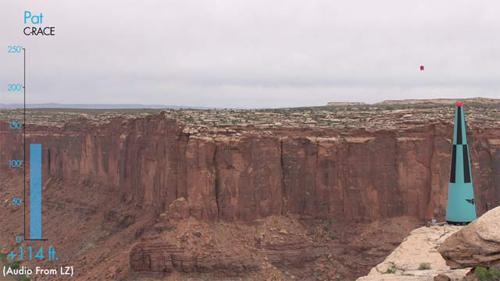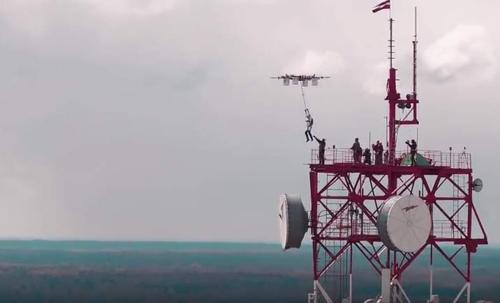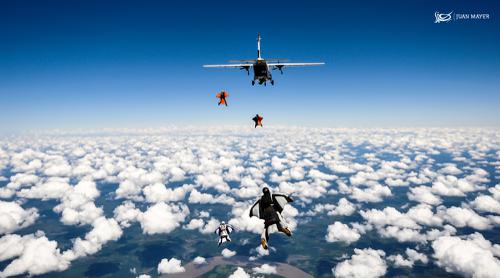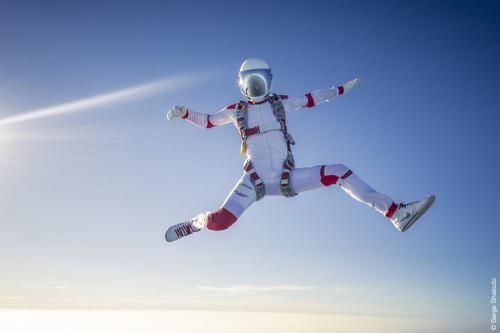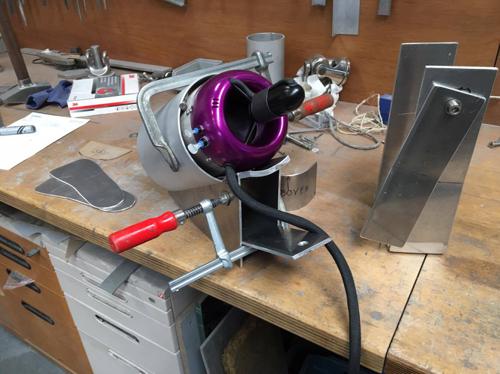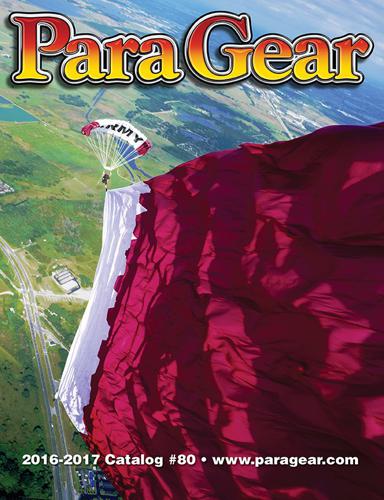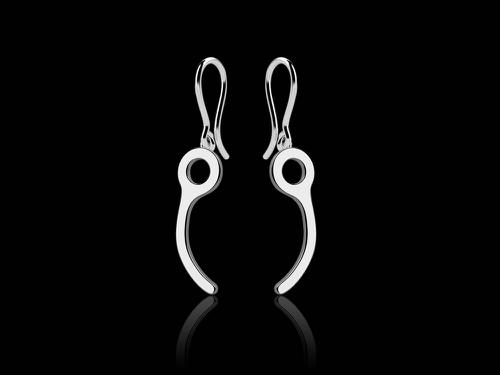Holistic Performance Specialist Lucie Charping Talks You In
Image by Juan MayerIn our last article, we met holistic nutrition coach Lucie Charping, who works with elite athletes to get them--and keep them--at the top of their game. Often, that game is an airsport. Here’s the continuation of our conversation regarding peak performance strategies for more “normal” airsports athletes, like you and me. (Spoiler: These strategies work just as well if there isn’t a charging bull on your helmet.)
ALO: If going cold-turkey on every naughty item in your diet isn’t the way to peak performance, then what is?
Lucie: Changes made little-by-little help an athlete increase awareness and get in touch with their body’s natural intelligence by balancing the systems that run us. In actual fact, we're healed by those same systems that keep us going, so--if you balance those systems, such as blood sugar and pH--you'll be setting yourself up for a broad spectrum of positive effects, healing from stress and sports injuries among them. Make better choices until you build the momentum that gets the pathways programmed.
ALO: It sounds just like establishing a yoga practice. Right? As soon as you keep the promise that you're going to do it for five minutes, before you know it, it’s 10; 20; 40; 60...
Lucie: Absolutely. People think it's matter of willpower. It’s not. It's really a matter of neurobiology--what's happening in your brain, what's happening with your biochemistry, your neurotransmitters, what's happening in your gut--that’s making the decision about what you're going to eat.
You can’t fight your hormones. No matter how strong of mind you think you are, you're ruled by your chemistry. You are strong of mind because of your chemistry. So: If you get your chemistry in alignment, you’ve essentially learned to hack yourself. You can not only be happier, more effective, more creative and more motivated in your daily life--but if you’re the kind of person who relishes a heightened-stress, high-consequence situation like skydiving, tunnel flying, BASE jumping, etcetera, then you’ll get even more benefit from this kind of management. You’ll learn faster, you’ll have faster decision-making and you'll have more focus to excel in these unique sports with their unique pressures.
Of course, I could say to you, “Here; go to the dropzone with this power-packed superfoods smoothie of maca and cacao with all these berries in it.” And it would be super awesome, of course; it’d give you a short burst of energy for a short amount of time. But it’s not sustainable to do that every time you go to the dropzone; every time you go to the tunnel. If you learn how to balance your blood sugar, you're going to have an abundance of energy for an extended amount of time, and you don’t have to plug a blender in next to the packing mat.
ALO: Let’s talk a little more about energy. It’s a big part of airsports to manage your energy when you’re waiting on loads or tunnel rotations or weather, and a lot of airsports athletes struggle with it. How can this stuff help with that?
Lucie: The peaks and valleys in these sports are quite steep. I see a lot of adrenal fatigue and overactive minds in the group of people that I work with.
For this, I’ll use the term “extreme sports,” because these athletes like to push their minds and physiologies to the extreme. When you put yourself in a high-consequence or high-risk situation constantly, the chemistry that is firing in your brain is full of reward chemicals. It’s highly addicting. Over time, you reset your brain’s baseline for what it means to feel good.
When you're on the ground or on the bench, those reward chemicals are not firing. So, what happens is--more often than not, and you can correct me if I'm wrong--we have major addictions in these sports. Not just to drugs, though that is certainly within the landscape. We have addictions to sugar; caffeine; tobacco; all kinds of stimulants, and you can see for yourself how people are having to use those things constantly between jumps and flights. It's not because the individual a yahoo; it’s because their baseline chemistry is telling them this is what is required for you to feel happy now.
So, on the ground as an action sport or, say, “extreme sport” athlete--for peak performance, you must learn to cultivate that chemistry whilst not risking your life. And you do that with the food that you eat and with relaxation practices. You can keep your blood sugar level, which keeps your mind and body in a receptive state, then cultivate that satisfying chemical response through breathing. Then you won't have to reach for an energy drink every time you pack, bouncing from one coffee to the next, not eating all day at the dropzone and then binging whenever you manage to get home.
Peak performance comes with time. And so, it’s interesting to note, does optimal health and weight, without calorie counting, or deprivation, or guilt.
ALO: It sounds way simpler than I thought.
Lucie: It’s not really simple, it’s elegant. To me, that's where the power is. If you want to talk about what is both the barrier and the bridge between business as usual and peak performance for airsports athletes, it’s a single path, and it’s not complicated: cultivating these practices of prioritizing your food so you balance your body's chemistry and practicing mindfulness techniques in order to bring a single point of focus to your mind. Not only do you get better at jumping and flying; you become happier as overall person.
Your body is magic; it's magnificent, actually We often forget about that. But we never, ever should.
------
Lucie is based in San Diego, but travels to wind tunnels worldwide as the nutritional arm of Fusion Flow Retreats. To reach out to Lucie for a personal consult, pop over to her Facebook page.

